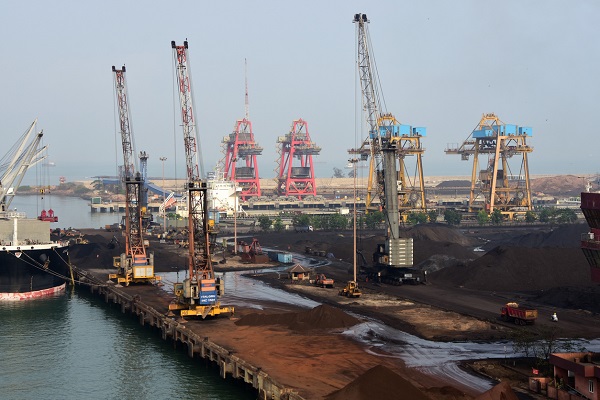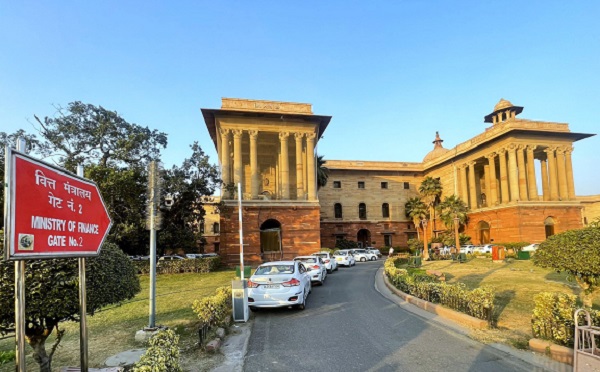.png)

Abheek, an independent economist and ex-Chief Economist at HDFC Bank, provides deep insights into financial markets and policy trends.
February 16, 2025 at 3:41 PM IST
A stable currency seems reasonable to have until it suddenly does not. Commentators who had cheered the Reserve Bank of India’s policy of keeping the rupee rock-steady seem to be waking up to the fact that stability entails costs. Topping this costs list is overvaluation – the 40-country Real Effective Exchange Rate in November, a measure of its competitiveness vis-à-vis trading partners and competitors, was at 108.12 compared with 104.72 a year ago. A simple interpretation is that a combination of inflation (higher than peers) and a stable currency blunted its export edge by a good 3% over just one year.
The other problem with obsessive intervention by a central bank is that it fosters perverse behaviour. Traders stopped doing the one thing that keeps markets healthy — speculation. Besides, many companies reduced their foreign exchange hedges as they effectively outsourced this bit of risk management to a willing central bank.
Despite these obvious problems, what lured the RBI into holding the currency stable in 2023 and much of 2024? For one, it kept imported inflation in check at a time when global inflation was riding sky-high on the back of COVID-related supply disruptions, the Ukraine war and the conflict in Gaza. Oil prices were volatile and had moved up to a substantially higher range of about $20 more for a barrel of Brent crude than in the pre-COVID period.
Second, the RBI believed that a stable currency would help bring in more foreign capital. The government was making a strong bid to get Indian bonds included in global bond indices, and the RBI probably thought that a stable currency would help the case. There was also the somewhat misplaced agenda of internationalising the rupee, hoping to get some trading partners to accept the rupee as a medium of exchange. The bet was that a stable currency would make these bilateral deals attractive.
What next, now that currency stability seems like a lost cause? To begin with, the RBI should not lean against the current storm of depreciation. If a sharply rising dollar is pulling all other currencies down, it is somewhat pointless to expend our reserves to set a floor to the rupee.
That, however, does not mean jettisoning intervention altogether. Excessive depreciation does come with costs, such as imported inflation, more expensive imported inputs, and a jump in debt servicing costs of external borrowings. The key to a successful foreign exchange strategy lies in finding a balance between making the currency competitive and finding an acceptable level for the costs that come with it.
The best way to do this is to work with the markets and intervene strategically. The massive intervention between February 10 and 12, rumoured to be around ₹10 billion, took players placing one-way depreciation bets by surprise, leading to significant gains in the rupee. This was both strategic and effective and ensured that there were two-way bets on the rupee, a precondition for a healthy foreign exchange market.
Second, if resetting competitiveness is one of the targets, it might help to underperform peer currencies so that the REER actually drops. There is little virtue in being best in class when the currency is bloated. That said, there is a fine line between letting the currency regain its edge and giving the impression that the RBI has thrown up its hands. Perhaps through more communication with the market, it is essential to give the impression that currency movements, however sharp, are part of the RBI’s playbook.
The RBI must also remember two things. First, every dollar it sells to stabilise the rupee drains domestic liquidity. The RBI needs to offset this, at least partly, through money market operations. Second, it might help to mull over the quality of our reserves. Unlike China, which has built its reserve chest on the back of a trade surplus, India has a deficit. It has built its reserves through capital inflows, particularly portfolio inflows. Recent experience has shown that some of it is hot and can exit our shores at the slightest whiff of risk. The fragility of our reserves is just as important to consider as its absolute quantum.




